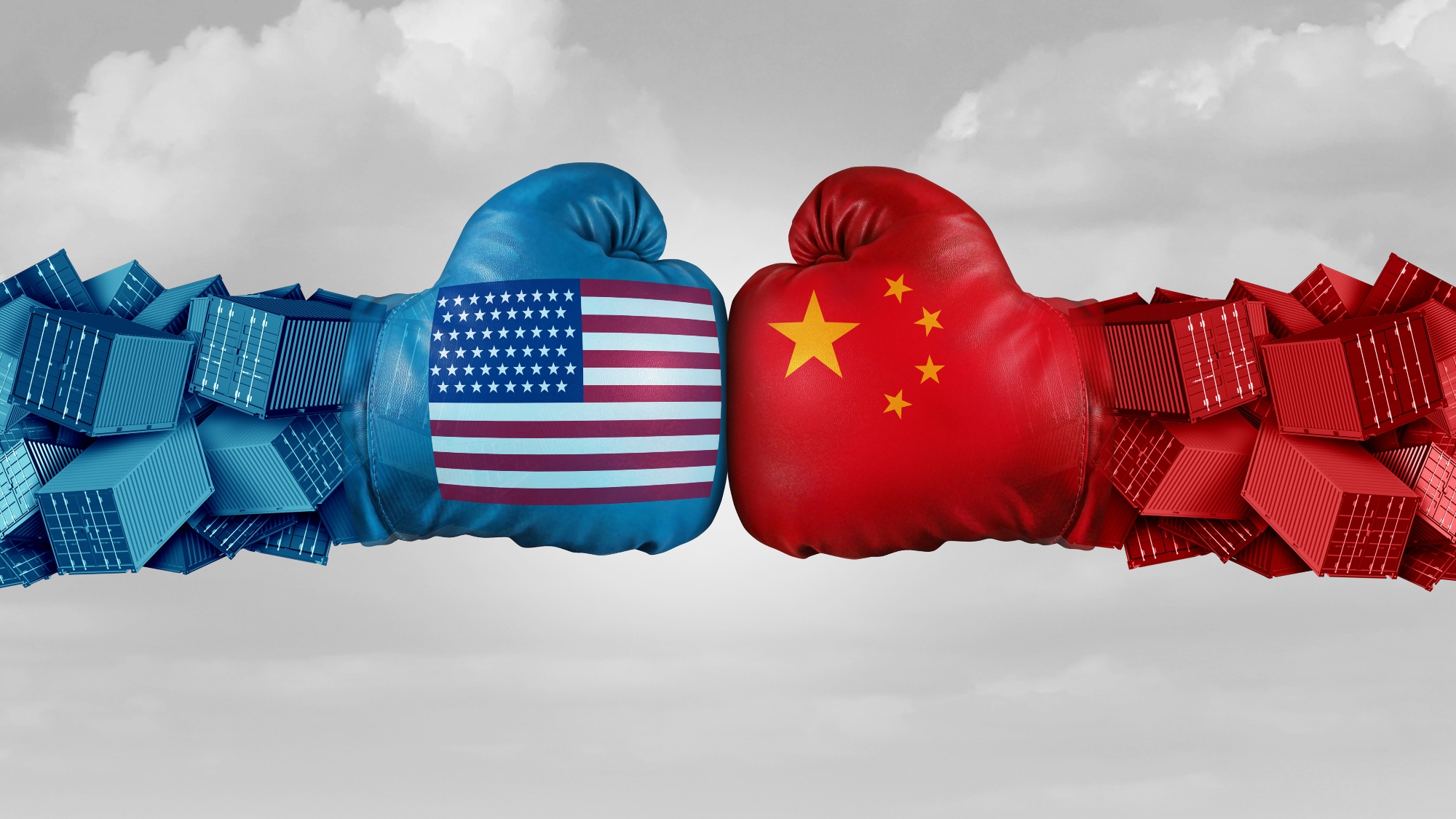Emerging Market Channels – Reverse Auctions
One of the few survivors of the dot-com implosion was Freemarkets, a company that executes revers auctions. The goal of reverse auctions is to bring buyers and sellers together to negotiate prices on a dynamic and real-time basis. Instead of an auction, whereby buyers bid on an item, a reverse auction involves having suppliers bid on a clearly specified buyer requirement. This is done on-line; most reverse auctions are completed in 30 minutes or less (although some have been stretched out over 12 hours!)
Reverse auctions still hold much promise in terms of exploring market pricing. A recent auction for a commodity group included several global suppliers. The pricing behaviors that took place in this auction stunned the buying company executives who witnessed them. The price paid for the commodity was well below the group’s expectation of market price. One executive who participated said, “It showed us just how little we really knew about what the market was doing.”
A number of different technology features can be included in reverse auctions, including:
- Real time with countdown clock and instant feedback
- Overtime/automatic extensions
- Hosted, secure web-sites
- Bundling items into lots
- Reserve, starting and ceiling prices
- Advanced features include multiple currencies and transformational bidding
It is a mistake to believe an organization can simply run a reverse auction without a great deal of preparation prior to the event. Some of the important things that must be completed prior to engaging a reverse auction include:
- Have a clear scope for requirements
- Have many qualified bidders available
- Must be a competitive market with excess capacity
- Must be important to bidders
- Requires that the buyer is willing to award business based on the results of the auction
Technology providers must be carefully researched before selection. The complexity of the various reverse auction software packages varies from a simple “do-it-yourself” auction that can be run from your own server, to one that includes complex “total cost ofownership” equations and currency conversions for supplier inputs. A myriad number of potential options and features can be included on different providers’ software packages. Although Freemarkets is the current leader in terms of market share, a number of reverse auction providers are also available.
User documentation must be developed carefully so everyone understands the rules of the auction. A specific set of rules for placing bids, evaluating bids, rules for “overtime”, and other issues must be established. In addition, the user documentation should provide technical information on how to install the software at the bidders’ and buyers’ site, computer requirements, and impact of actions taken at the keyboard on the outcome.
Training bidders prior to the event is critical to success. Many suppliers may not know how an auction works. One of the key points is to ensure that suppliers understand that they should never bid below their cost of production. Although this may seem obvious, suppliers may get excited during an auction and bid a price that they will later regret. This is not a good outcome from a reverse auction for anyone involved.
To help prevent this from happening, it is important to ensure that the reverse auction provider can set up a call center and back-up plans for technical issues during bid events, in case things go wrong.
Finally, both buyers and suppliers should monitor and analyze the auction results afterwards. Debrief on the “lessons learned” for the next auction, and ensure this information is communicated to the right people.
A recent study by the NC State Supply Chain Resource Consortium suggests that while the services offered by reverse auction providers are quite valuable, it may come at a cost to the buyers in some circumstances. When using reverse auctioning, buyers need to be actively involved in selecting appropriate and capable suppliers to participate in the reverse auction. These suppliers must have a cost structure aligned with the buyers’ needs for that particular item. Furthermore, the buyer must be able to incorporate all associated costs into the suppliers’ bid, including an understanding of switching costs between the incumbent supplier and a new supplier, quality issues, extraneous transportation costs, and supplier relations A supplier can gain an advantage from reverse auctions by trying to build long term relationships with the buyers. It has been shown through this survey, that from the supplier’s perspective, the incumbent supplier tends to be favored in a reverse auction. It is the general feeling by suppliers who have participated in reverse auctions, that an incumbent supplier can have an upper hand on insider information or buyer specifications. Also, the switching costs associated with developing relations and commitments with a new supplier through reverse auctions, can be prohibitive to the buyer and therefore hinder new potential suppliers from fairly competing in a reverse auction. gg
- Categories:


